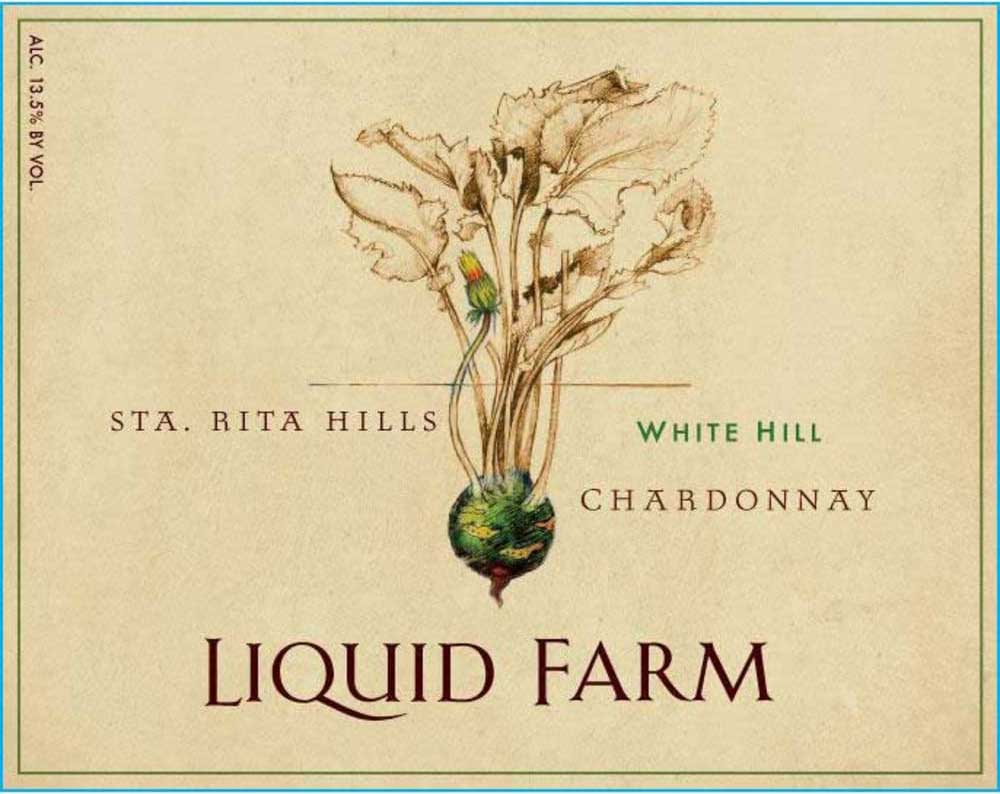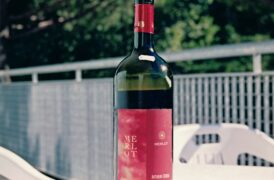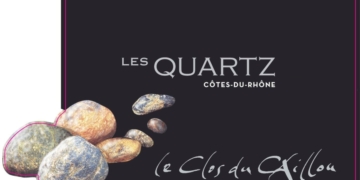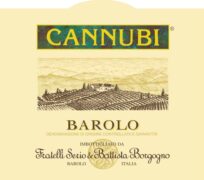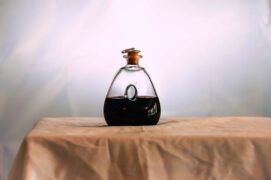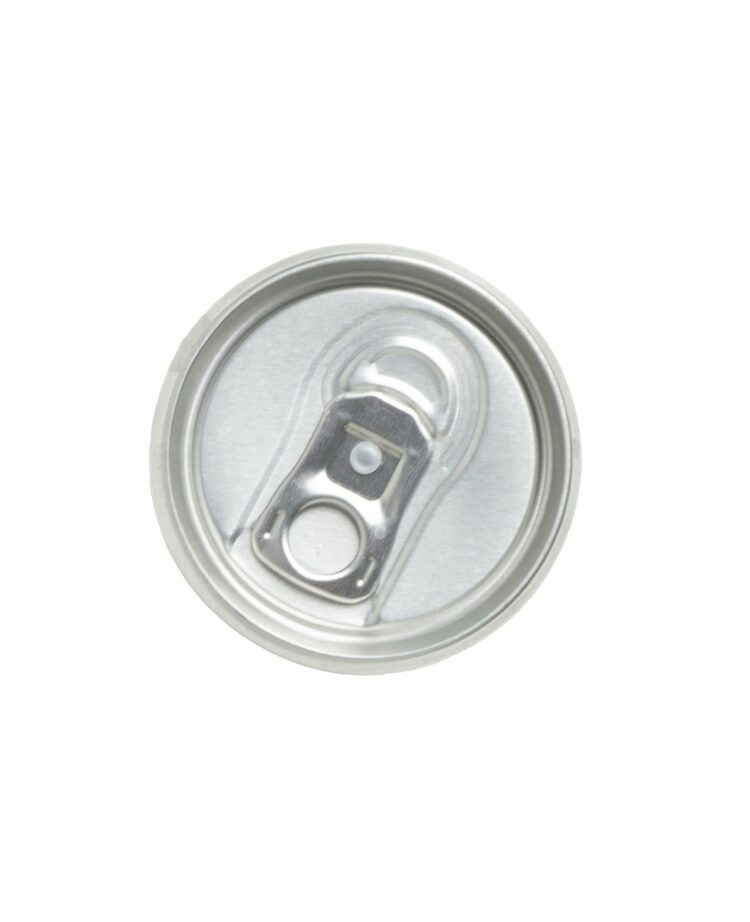A team from Cornell University has pinpointed the compound responsible for the unpleasant rotten egg smell that sometimes develops in canned wines. After extensive testing, they identified molecular sulfur dioxide (SO2) as the main culprit.
Sulfur dioxide is commonly used by winemakers as an antioxidant and antimicrobial agent, and it typically poses no issues when wine is stored in glass bottles. However, when wine is packaged in aluminum cans, SO2 can interact with the can’s material in ways that lead to the development of an undesirable odor.
Winemakers often apply an ultra-thin coating inside cans to separate the wine from the aluminum, but this layer isn’t always sufficient to prevent interaction over time. While the smell doesn’t emerge immediately, the longer the wine remains in the can, the more likely it is to develop the foul odor.
Gavin Sacks, a professor of food science who led the research with Julie Goddard, explained: “Out of everything we measured, the one factor that correlated with the odor was molecular SO2. Typically, wineries aim for 0.5 to 1 parts per million (ppm) of molecular SO2. In wines with more than 0.5 ppm, we noticed significant increases in hydrogen sulfide—the rotten egg smell—within four to eight months.”
The researchers suggest that maintaining SO2 levels at 0.4 ppm and using epoxy liners could extend the shelf life of canned wine to up to eight months without the risk of the bad smell. Sacks noted, “We’re recommending that wineries aim for the lower end of their usual SO2 range. While this could increase the risk of oxidation, cans generally offer a hermetic seal, which prevents air from getting in—one of the reasons brewers favor them.”
One possible solution to this issue is using thicker liners, though these come with higher production costs and are less environmentally friendly because the thicker plastic burns off during aluminum recycling.
Interestingly, the researchers found an irony in the situation. Molecular SO2 levels are typically lower in red wines than in white wines. However, because canned wines are often associated with cheaper varieties, producers are less likely to can red wines. “In stores, you’re far more likely to see sparkling, white, and rosé wines in cans, but these are also the types more prone to this issue,” Sacks added.
To address the problem, Sacks and Goddard are collaborating with Héctor Abruña, a professor of chemistry, to develop more robust liners using food-grade materials that can better prevent corrosion. The team has received funding from the US Department of Agriculture’s National Institute of Food and Agriculture to support this project.



